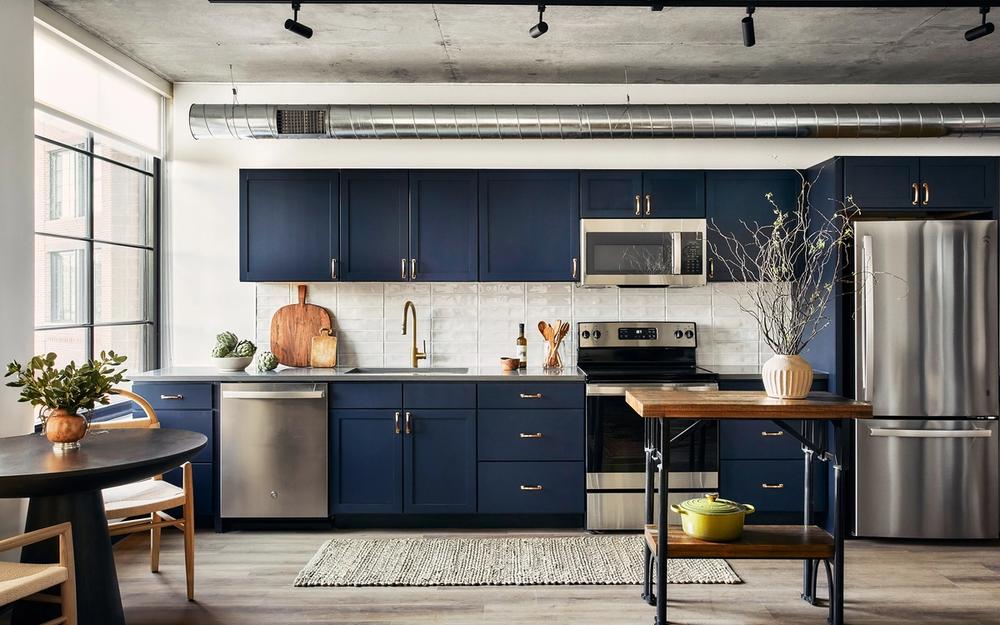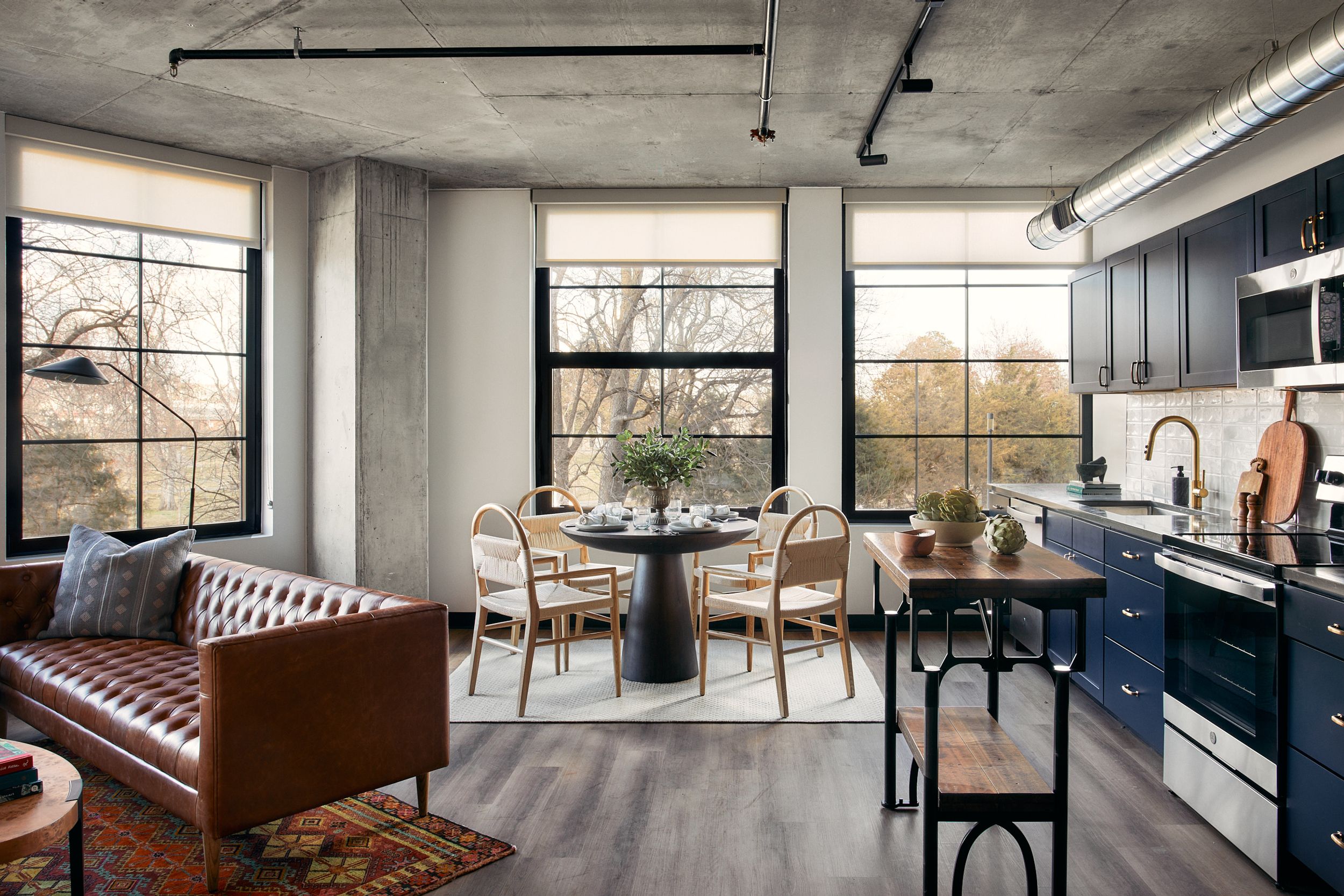What is a Secondary City and Why Do People Want to Live in Them?
TheStreet
By Veronika Bondarenko


While the initial rush of pandemic-related movement saw large numbers of people move from the city to the suburbs or even rural areas, the years that followed saw a different kind of trend.
The seemingly contradictory phenomenon of returning interest in urban living and skyrocketing cost of real estate in major metropolises has fueled real estate interest in “secondary cities." While official definitions will vary, the term is generally used for urban hubs of fewer than two million residents that have been seeing significant economic and population growth.
As a result, developers have been rushing to start new projects that fit a growing population as well as high-earning professionals who come from more expensive cities in search of better bang for their real estate buck.


Memoir Wedgewood Houston - Nashville, TN
“They are cities that can offer almost all the benefits of primary cities like New York, Chicago and Los Angeles but they also offer a smaller, more intimate community and typically a lot more additional real estate space,” AJ Capital Partners’ Chief Strategy Officer Ruben Navarro told TheStreet.
One such project from AJ Capital Partners opened in Nashville on April 1. Built inside the city’s Wedgewood Houston neighborhood, the new Memoir Wedgewood Houston. Wedgewood Houston is a 273-unit building featuring studios as well as one- and two-bedroom apartments in a community-style setting equipped with outdoor and indoor lounge space, a pool and sauna, pickleball courts, a putting green and ping pong spaces and an outside fire pit.
According to Navarro, many of the people coming in are also specifically looking for urban village-style living in which they can find restaurants and retail establishments within walking distance from their home in a way that mirrors the walkability of downtowns in major cities (how much one will need to transition to a car for everyday living is a major factor in many people’s decision to move from a primary to a secondary city.)
“We entered Nashville in an effort to do restoration and reuse of gorgeous historic stock mill and over time we have amassed more than 18 acres of mixed-use project land within the Wedgewood Houston neighborhood,” Navarro said. “We created a brand called Westwood Village and within that village we now have more than 1.6 million square feet of restaurant, hospital and residential space.”